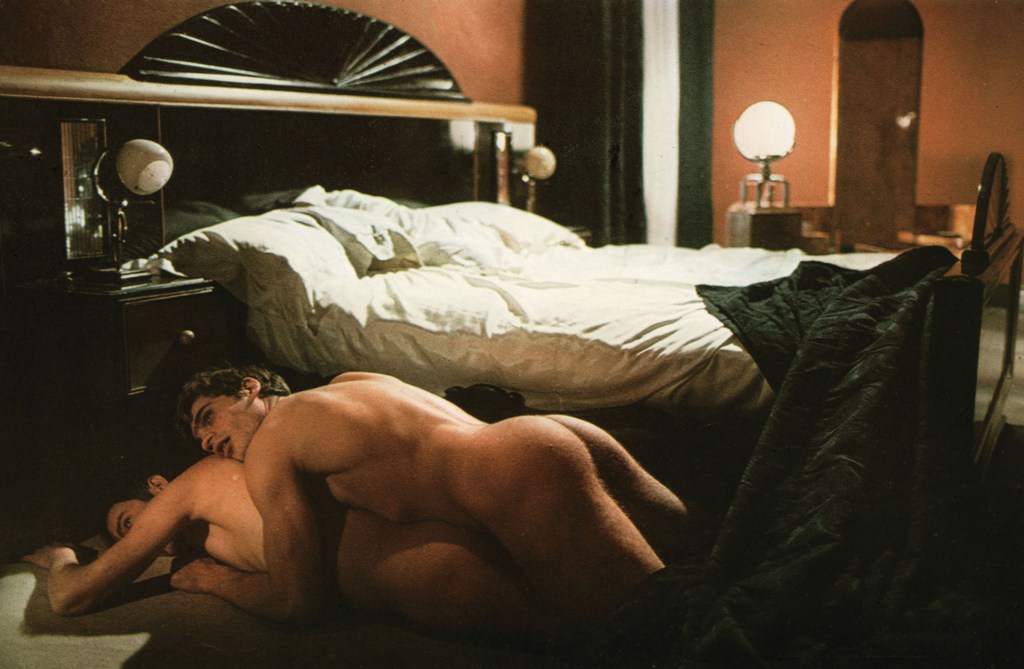Summary of “The Silver Book” by Olivia Laing
Set in September 1974, “The Silver Book” unfolds during Italy’s turbulent Years of Lead, marked by clashes between radical left and fascist right ideologies. The narrative centers on Nicholas Wade, a young artist from London, who moves to Venice after a personal tragedy. There, he becomes both lover and apprentice to renowned costume designer Danilo Donati, who is working on films by Federico Fellini and Pier Paolo Pasolini.
Laing’s prose captures the sensuality and complexity of Nicholas and Danilo’s relationship, focusing on their artistic endeavors amidst the chaotic backdrop of historical events. The writing is characterized by elliptical storytelling, emphasizing moments and emotions rather than explicit historical exposition. As their bond deepens, it explores themes of vulnerability, desire, and the pursuit of beauty.
The narrative also intertwines with the production of Pasolini’s controversial film “Salò,” which reflects on power and cruelty in fascist Italy. Through Pasolini’s insights and the creative frustrations of Nicholas, Laing illustrates how art and history are interconnected, highlighting the implications of past horrors on contemporary society. Emerging fascism and violence loom over the characters, prompting reflections on the cyclical nature of history and the enduring impact of artists like Pasolini.
Ultimately, “The Silver Book” asserts that all art is shaped by its time, challenging readers to consider the persistent echoes of history in today’s world. The novel, steeped in lush language and rich observations, invites reflection on the relationship between creativity and the socio-political climate, questioning what future lies ahead as fascism resurfaces.



